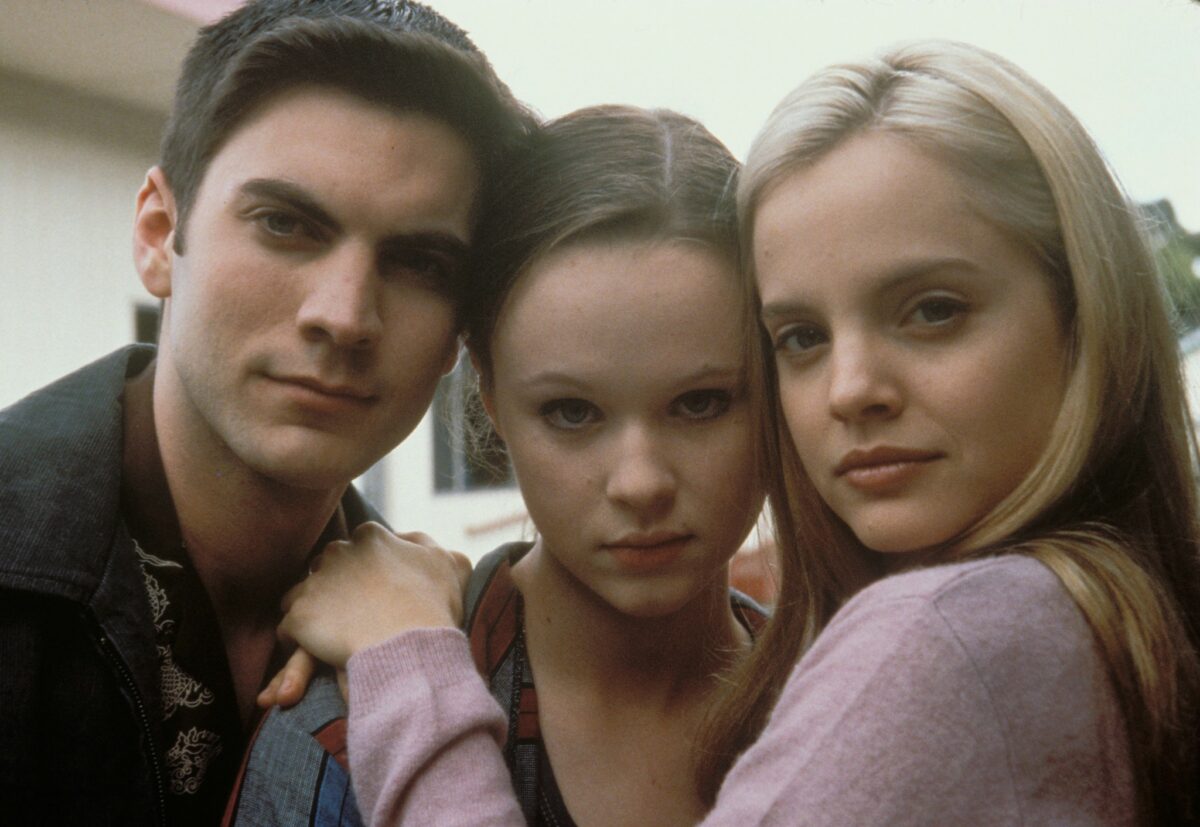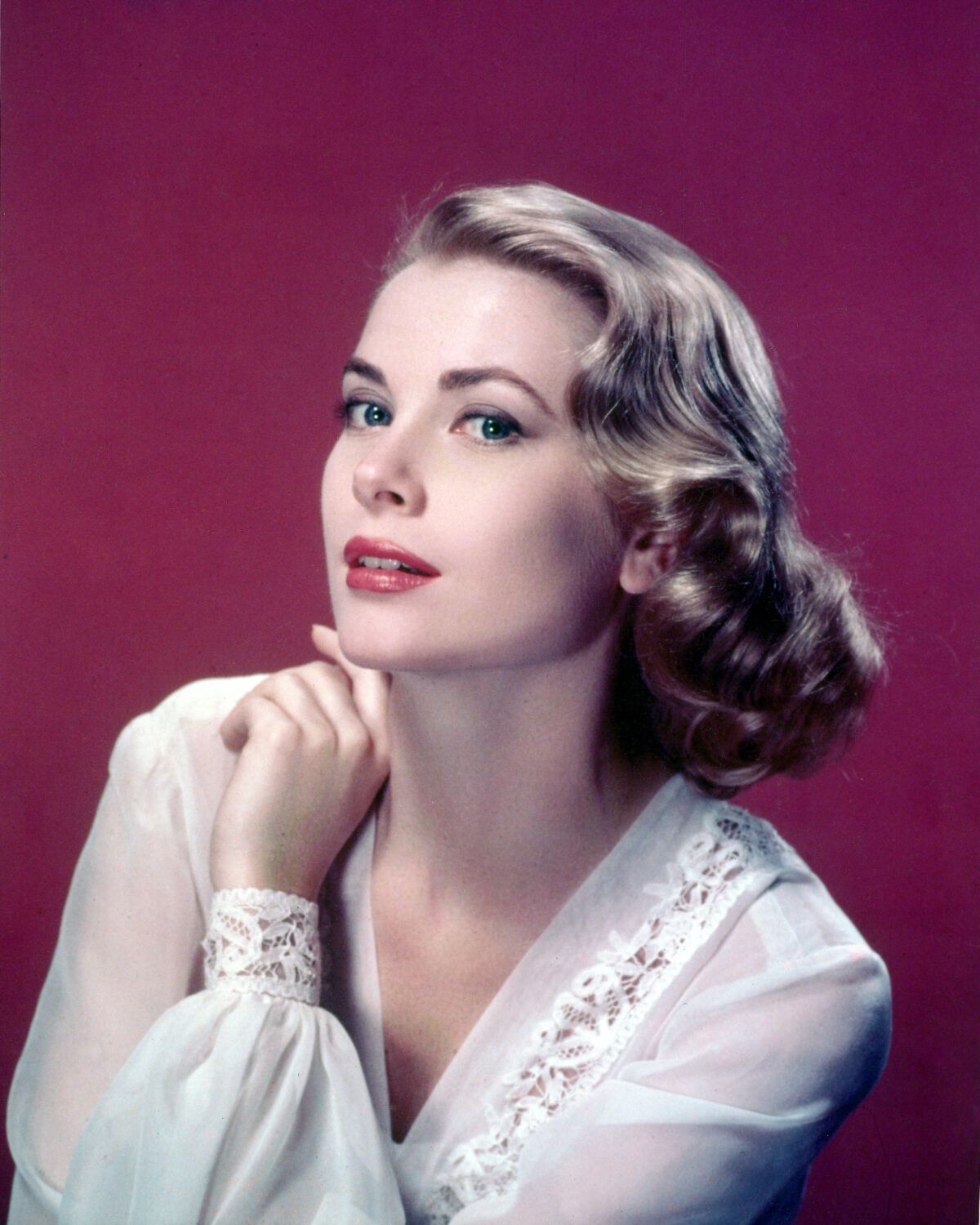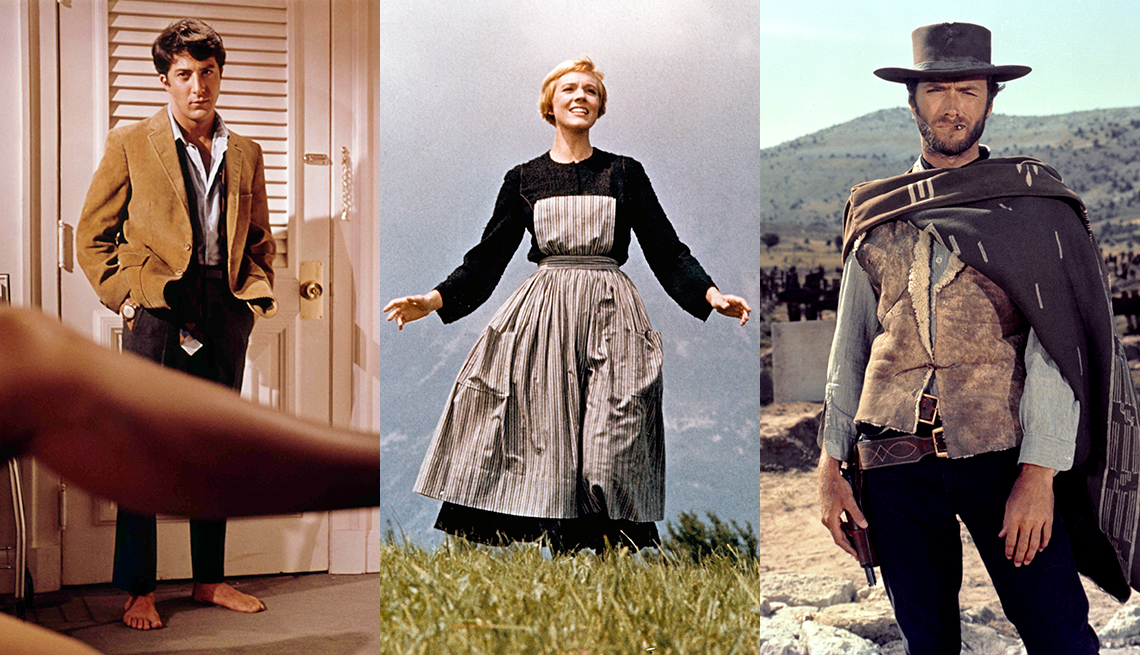Hollywood actors are getting recognition for their outstanding work in movies and TV shows at the 2024 Screen Actors Guild Awards. Barbie and Oppenheimer lead with four nominations each, including nods for Margot Robbie, Ryan Gosling, Cillian Murphy, Robert Downey Jr., and Emily Blunt.
Some surprises and snubs in the film category include Leonardo DiCaprio not getting a nomination for his role in Killers of the Flower Moon and Fantasia Barrino missing out for The Color Purple. Penélope Cruz’s supporting performance in Ferrari was an unexpected nominee.
On the TV side, HBO’s Succession’s final season earned five nominations, with Pedro Pascal, Bella Ramsey from The Last of Us, Quinta Brunson of Abbott Elementary, and stars of Ted Lasso also being major nominees.
Issa Rae and Kumail Nanjiani announced the nominees on Instagram Live. The Screen Actors Guild and the American Federation of Television and Radio Artists (SAG-AFTRA) had a significant year, including a four-month strike from July to November. Fran Drescher, who played a role in leading the guild during the strike, spoke during the announcement.
This year, SAG’s nominations overlap with the Emmys season due to the strike affecting the TV Academy’s schedule. SAG Awards are a crucial part of the awards season leading up to the Oscars, and the winners often align with the Academy’s choices.
Barbra Streisand will receive the 2024 SAG Life Achievement Award at the ceremony on Feb. 24, which will be streamed live on Netflix.
For a full list of the 2024 SAG Awards nominations, check below:
FILM NOMINEES:
- Motion Picture Cast: American Fiction, Barbie, The Color Purple, Killers of the Flower Moon, Oppenheimer
- Male Actor in a Leading Role (Motion Picture): Bradley Cooper, Colman Domingo, Paul Giamatti, Cillian Murphy, Jeffrey Wright
- Female Actor in a Leading Role (Motion Picture): Annette Bening, Lily Gladstone, Carey Mulligan, Margot Robbie, Emma Stone
- Male Actor in a Supporting Role (Motion Picture): Sterling K. Brown, Willem Dafoe, Robert De Niro, Robert Downey Jr., Ryan Gosling
- Female Actor in a Supporting Role (Motion Picture): Emily Blunt, Danielle Brooks, Penélope Cruz, Jodie Foster, Da’Vine Joy Randolph
- Stunt Ensemble in a Motion Picture: Barbie, Guardians of the Galaxy Vol. 3, Indiana Jones and the Dial of Destiny, John Wick: Chapter 4, Mission: Impossible — Dead Reckoning, Part One
TELEVISION NOMINEES:
- Drama Series Ensemble: The Crown, The Gilded Age, The Last of Us, The Morning Show, Succession
- Comedy Series Ensemble: Abbott Elementary, Barry, The Bear, Only Murders in the Building, Ted Lasso
- Male Actor in a TV Movie or Miniseries: Matt Bomer, Jon Hamm, David Oyelowo, Tony Shalhoub, Steven Yeun
- Female Actor in a TV Movie or Miniseries: Uzo Aduba, Kathryn Hahn, Brie Larson, Bel Powley, Ali Wong
- Male Actor in a Drama Series: Brian Cox, Billy Crudup, Kieran Culkin, Matthew Macfadyen, Pedro Pascal
- Female Actor in a Drama Series: Jennifer Aniston, Elizabeth Debicki, Bella Ramsey, Keri Russell, Sarah Snook
- Male Actor in a Comedy Series: Brett Goldstein, Bill Hader, Ebon Moss-Bachrach, Jason Sudeikis, Jeremy Allen White
- Female Actor in a Comedy Series: Alex Borstein, Rachel Brosnahan, Quinta Brunson, Ayo Edebiri, Hannah Waddingham
- Stunt Ensemble in a TV Series: Ahsoka, Barry, Beef, The Last of Us, The Mandalorian









